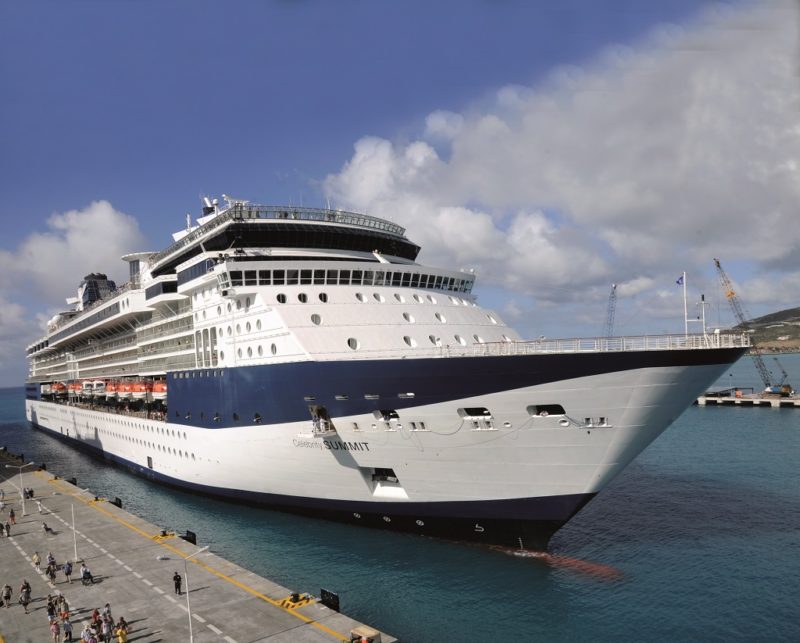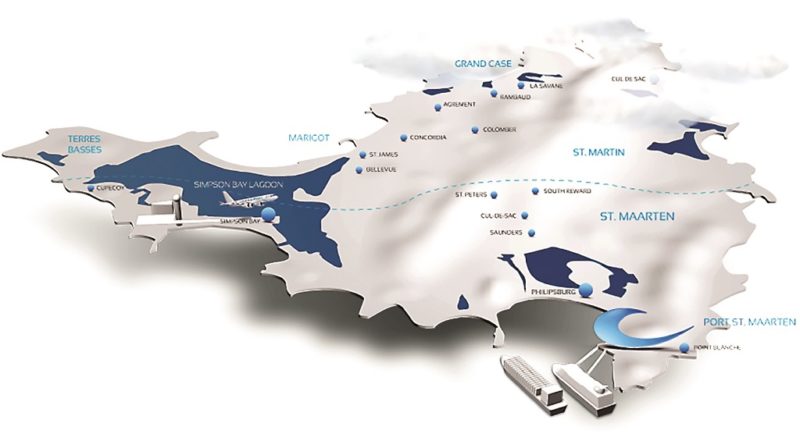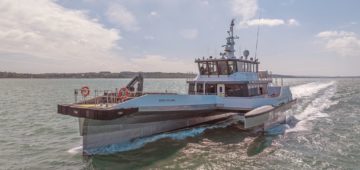
Despite being only 16 kilometres from west to east and only 12 kilometres from north to south, this small Leeward Island has been partitioned into French and Dutch sections since a Treaty was signed on 23rd March 1648 to allow the presence of both French and Dutch settlers on this sunny island in the Caribbean after a military struggle between both factions. There are many other islands throughout the world that have had dual nationality administrations for long periods. The seventy islands of the New Hebrides chain of islands in the South Pacific had dual British and French administrations from 1900 until independence was granted in 1974.
St. Martin/St. Maarten is the smallest island in the world with dual nationality, and St. Maarten is one of four independent countries alongside the Netherlands, Curaҫao and Aruba. The Princess Juliana International Airport on the island is only a short twenty minute taxi ride away from the port, with over one hundred taxis waiting at the airport and at the port every day, and with the island economy very heavily reliant on tourism, in excess of 88% of GDP. Princess Juliana Airport began life in 1943 as a base for American Army and Navy planes to hunt German U-boats off the islands. The French northern part of the island was until the referendum of 7th December 2003 a dependency of Guadeloupe, with both Martinique and Guadeloupe having the same status as all of the mainland France departments for modern services and financial grants. The French islanders voted for separation from Guadeloupe, both from an administrative and political viewpoint, and became self-governing with the population electing officials.

HISTORY AND SHIPPING OF ST. MARTIN/ST. MAARTEN
The second voyage of Colon (Christopher Columbus) saw him sail with his Spanish fleet on 10th November 1493 from Guadeloupe to the north west in search of the island of Hispaniola, and on this voyage he discovered several islands in the northern Leeward Islands. The peaceable native Arawak and more warlike Carib peoples lived on these islands from around 800 AD to 1500 AD, digging salt and existing on sweet potato, peanuts, cassava, tobacco, cotton and avocado. These people called the island under review as Sualouiga or ‘Salt Land’, which was renamed Santa Maria la Redonda or Sint Martin by Colon, as the day of its discovery was the feast day of Saint Martin of Tours.
Subscribe today to read the full article!
Simply click below to subscribe and not only read the full article instantly, but gain unparalleled access to the specialist magazine for shipping enthusiasts.







Comments
Sorry, comments are closed for this item